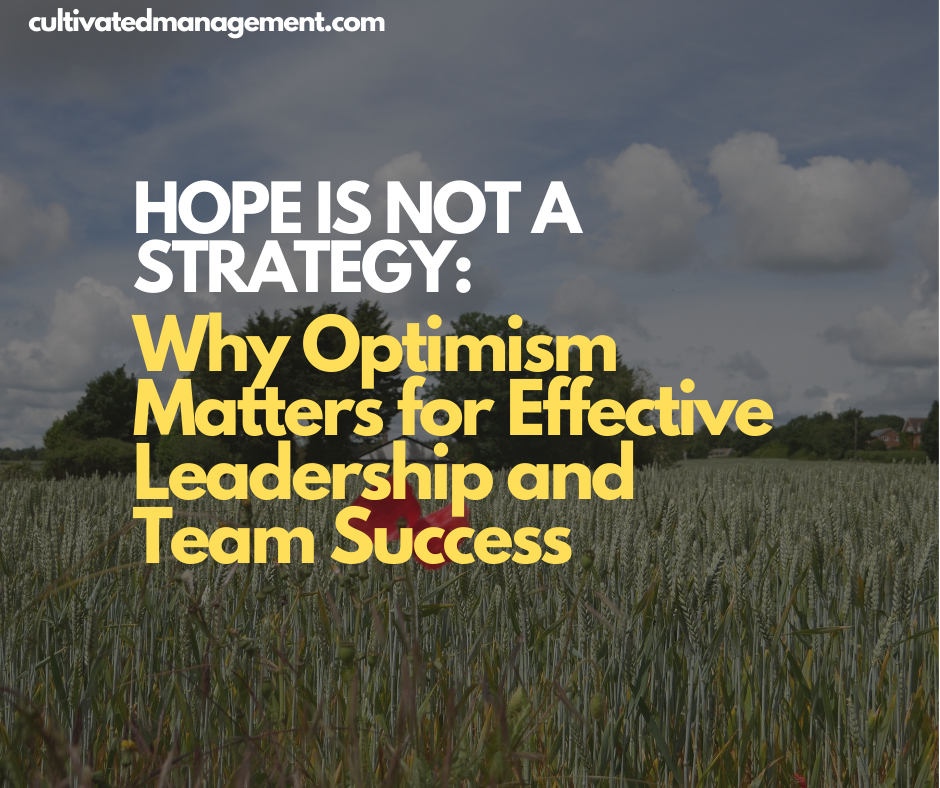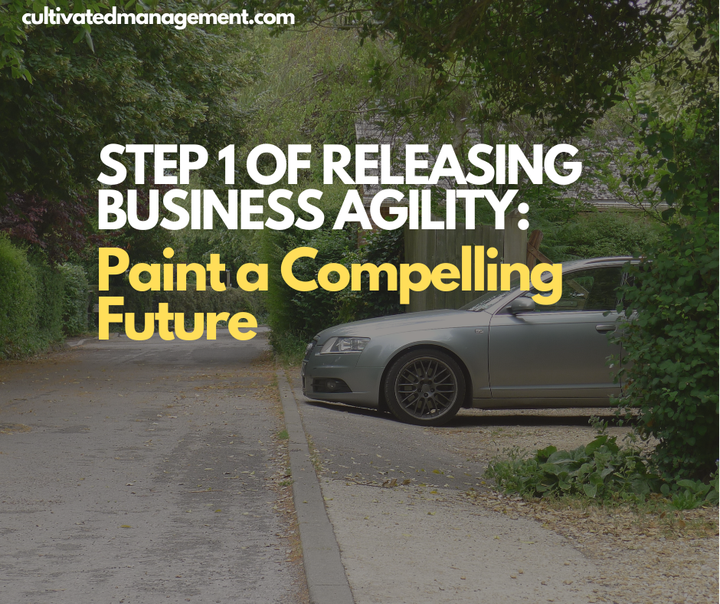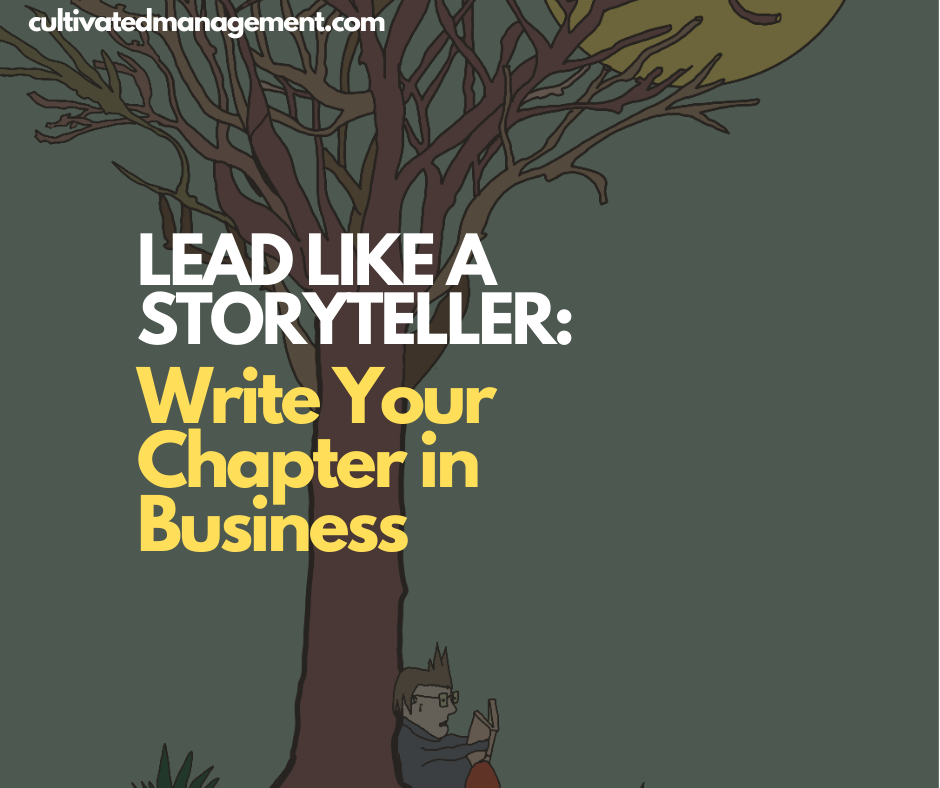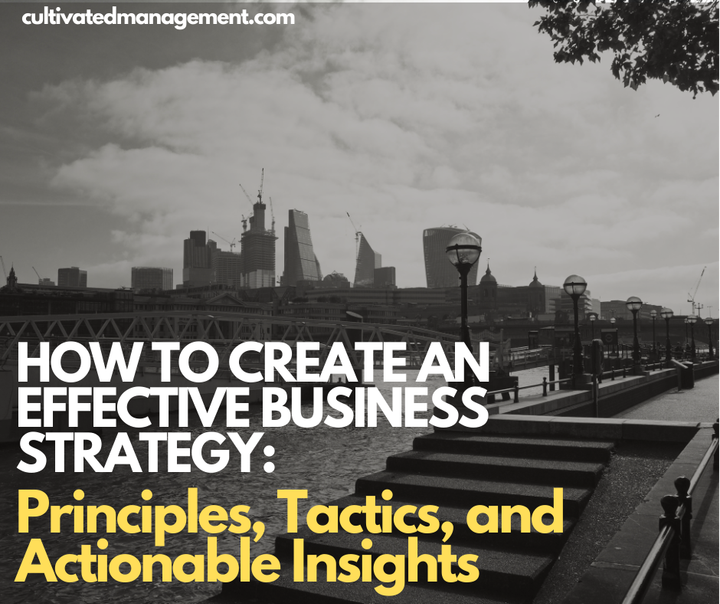Hope Is Not a Strategy: Why Optimism Matters for Effective Leadership and Team Success
Learn why hope alone won’t drive results, but optimism and clear strategy are essential for leadership, team performance, and workplace success

Through my leadership and consulting work, I’ve seen it countless times: hope alone isn’t a strategy. But it’s essential.
A strategy combines three things:
- A clear, compelling picture of the future (hope).
- A grounded understanding of current reality.
- A plan to bridge the gap.
In other words: here’s the ambitious story of the future, here’s where we are, and here’s how we’ll get there. The plan doesn’t need to have all the answers — people in the business will help find those — but hope is the spark.
The painted picture gives people a compelling, exciting vision that’s better than today. It’s hope written down. Not fake optimism, not empty promises — but a vision that can turn into belief.
This is crucial whether you’re launching a startup or leading change in a lagging enterprise. You’re answering questions every employee asks:
- Where are we going?
- Why should I care?
- Is this better than today?
Hope alone isn’t enough — but it’s required.
Hope turns to belief when leaders deliver
Hope becomes belief when leaders:
- Own the high bar of behaviours.
- Solve systemic problems.
- Nurture capable people.
- Treat people like people.
- Make solid, accurate decisions.
- Build a culture where experimentation and creativity thrive.
When employees see progress towards the painted picture, hope turns into belief. And belief is powerful: it creates momentum, inspires action, and galvanises people toward a brighter future.
We all need hope:
- Hope our business succeeds.
- Hope our careers grow.
- Hope our workplaces enrich everyone in them.
- Hope our jobs are secure.
- Hope our leaders are competent.
When hope becomes tangible — when people see the story of the future coming alive — they start to believe. Belief drives energy, attention, and purposeful action.
Hope is essential, but it must be part of a strategy
Without a compelling, hopeful picture of the future, how will people connect to your strategy? How will they see themselves growing or know when to believe you? Data, analysis, and facts are essential — but they don’t tell a story on their own.
Turn your data into a story people can connect to: a story of hope that can become belief through action. A good strategy gives people clarity, alignment, and something compelling to connect to. Hope is not the strategy — but it is a vital part of it.
Start with hope. Back it with reality. Build a plan. Then show people that hope can become belief through your leadership, clarity, and action. Bring your story of the future to life.
👉 If you're interested in learning about business storytelling, check out the Storytelling Masterclass with a Sunday Times Top Ten best selling author.


